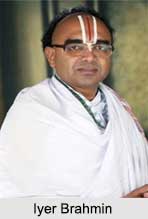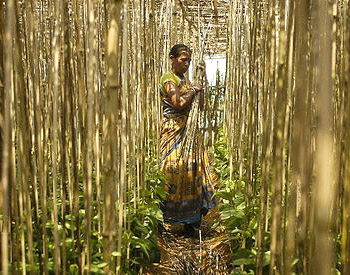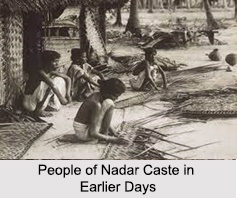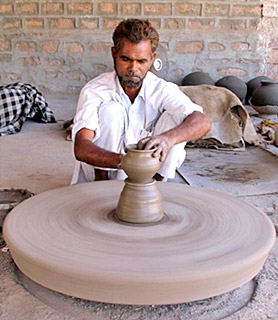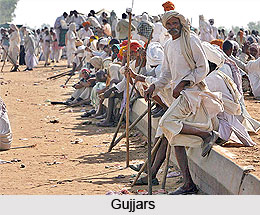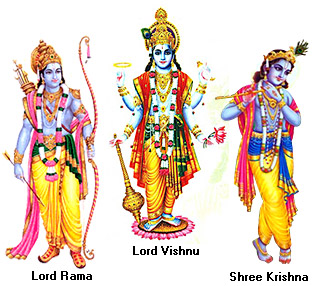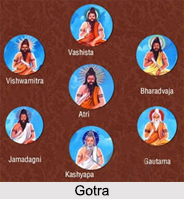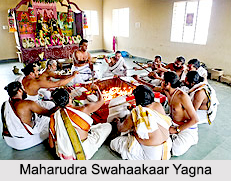 Maharudra Swahaakaar Yajna is a Yajna performed to wash away the day to day sins hence giving life a holy dimension. Human beings commit many sins everyday knowingly or unknowingly. One can apologize for their sins by performing Maharudra Swahaakaar Yajna.
Maharudra Swahaakaar Yajna is a Yajna performed to wash away the day to day sins hence giving life a holy dimension. Human beings commit many sins everyday knowingly or unknowingly. One can apologize for their sins by performing Maharudra Swahaakaar Yajna.
Types of Maharudra Swahaakaar Yajna
There are different types of Maharudra Swahaakaar Yajna. These are generally performed to purify one from his/ her sins. Some of them are discussed below:
Mahasudarshana Yajna: This is Shanti Yajna performed to nullify the negative forces and purifying ones" state of mind and/ or place of residence. This comes from common superstitious belief that ghosts harass human being and make their residence ungodly by occupying the place. Thus to purify the place Mahasudarshana Yajna is performed.
Maha Mrityunjaya Shanti: This is a Shanti Yajna meant to avert death. Death is destiny but still the Hindus believe that miracle can happen when one perform Maha Mrityunjaya Shanti as it prevents untimely death. This is specially performed to avoid unforeseen accidental death in one"s life.
Udaka Shanti: Udaka Shanti is purifying a place or residence with holy water to keep all the negative energies far off. In India, it is generally performed during any ceremony. Ideally it should be performed once in a year so as to maintain the decorum of the house.
Devata Pratishtha: This is the process to establish the deity or idol or the ` Yantra` of the almighty God so that the idol is purified and acquires the energy and power of blessing. Normally the procedure of puja or Yajna of Devata Pratishtha is performed in temples.
Kumbha Abhishekam: Every Yantra and/ or Deity has some power, whose intensity is reduced over long period of time. To revitalize or reenergize this Deity or Yantra puja or Yajna is performed. This puja is called Kumbha Abhishekam and should be performed at least once a year to retain the power of Yantra/ Deity.
This article is a stub. You can enrich by adding more information to it. Send your Write Up to content@indianetzone.com










